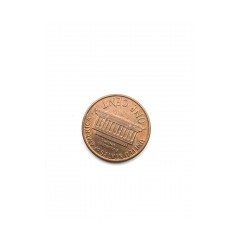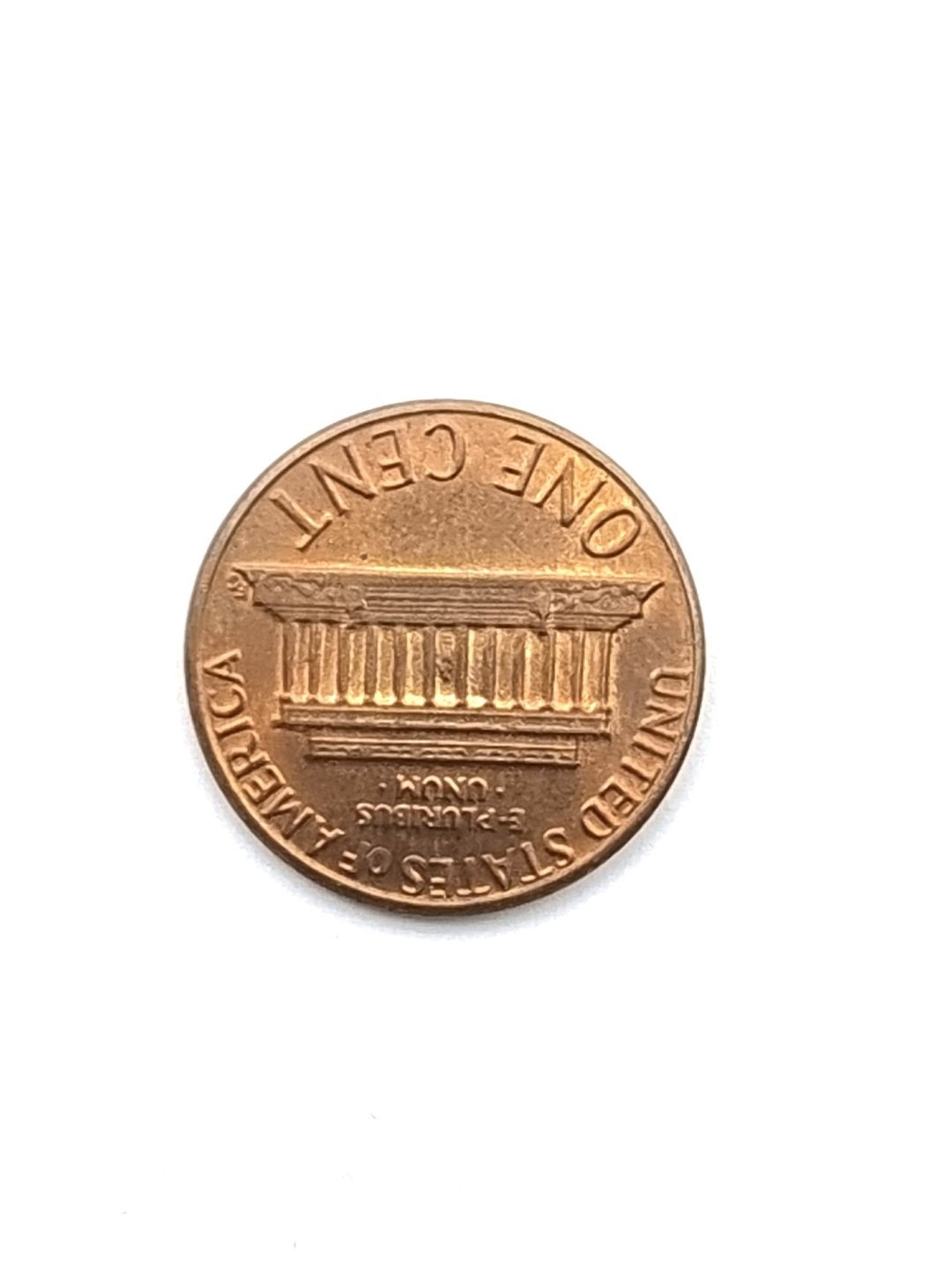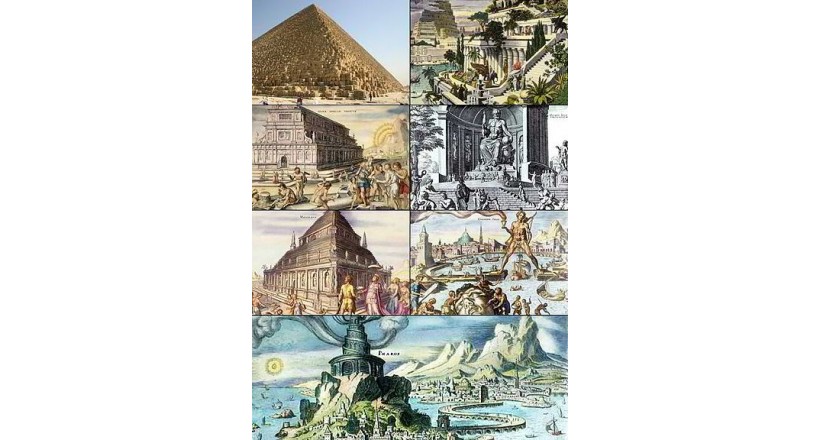The Seven Wonders of the World (or the Seven Wonders of the Ancient World ) refer to the magnificent structures of classical antiquity , which are mentioned in many of the tourist guidebooks best known for circulation among tourists in ancient Greece . Particularly in the 1st and 2nd centuries BC , the most prominent of these is the booklet by Antipater of Sidon and the Byzantine Fillon. The booklet contains seven wonders, all of which are located around the Mediterranean basin. Often seven wonders, the pyramid of Giza is the only one that remains relatively intact to date.
The ancient Greek conquerors conquered most of the world in the 4th century BC, giving Greek tourists a chance and easy access to and visit ancient civilizational countries, such as Pharaonic, Persian, and Babylonian civilization, and fascinated them with the landmarks and wonders they saw in these countries. Later. Each person had his own copy of this list, but the best copies were of a Greek poet named Antipater Sidawi, composed from 140 BC. Mathematician Philo Byzantine also wrote a book called The Seven Landmarks of the World, but the only surviving manuscript of this book mentioned only six wonders, all of which agreed with Antipater of Sidawi. The latter was replaced in one copy by the wonderful lighthouse of Alexandria with the walls of Babylon, and before the construction of the statue of Rhodes , the authors replaced the statue with the wonder of the gate of Ishtar . The Bibliotheca Alexandrina preserved reference copies of the books of the historian Herodotus and the architect Kalimachus of the Koran, talking about the Seven Wonders of the Ancient World.
The last of these wonders was constructed by the statue of Rhodes.It was completed in 280 BC, the first of which was due to the demise of the earthquake of 225/226 BC.Therefore, the seven wonders remained at the same time for no more than 60 years.




